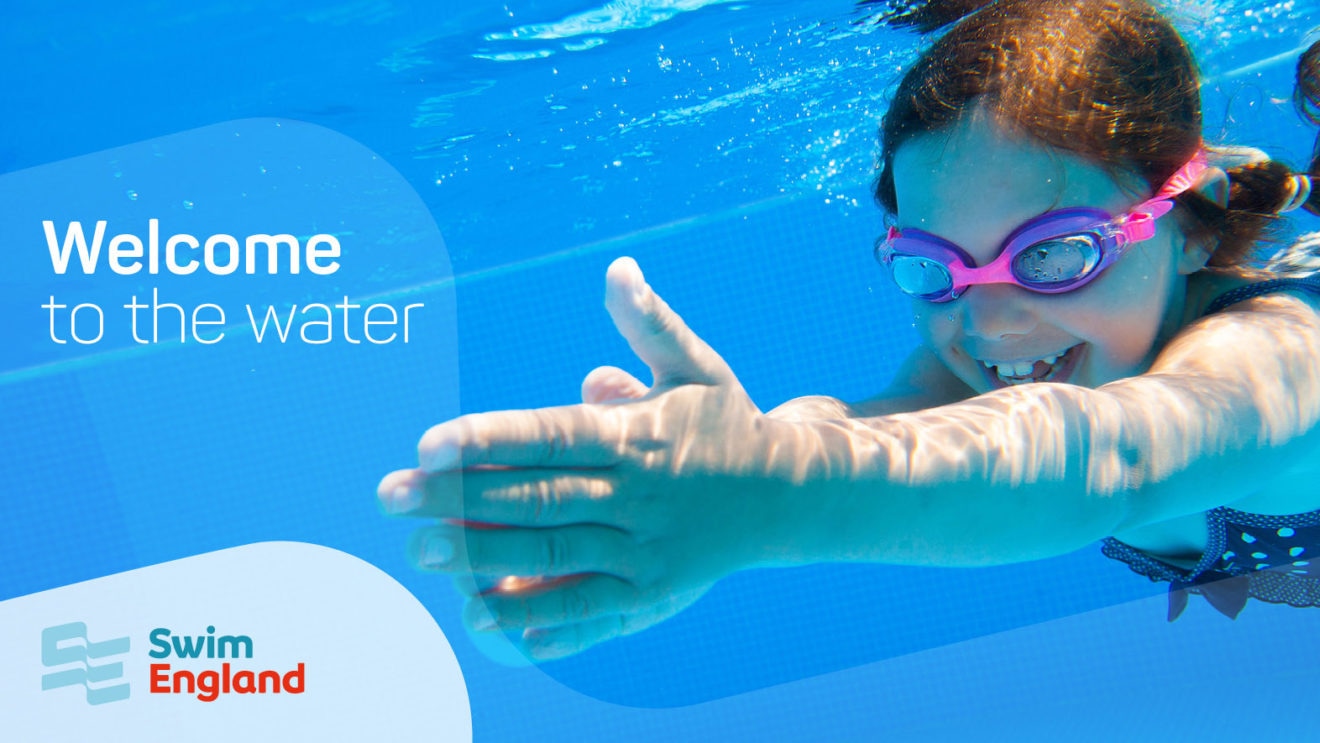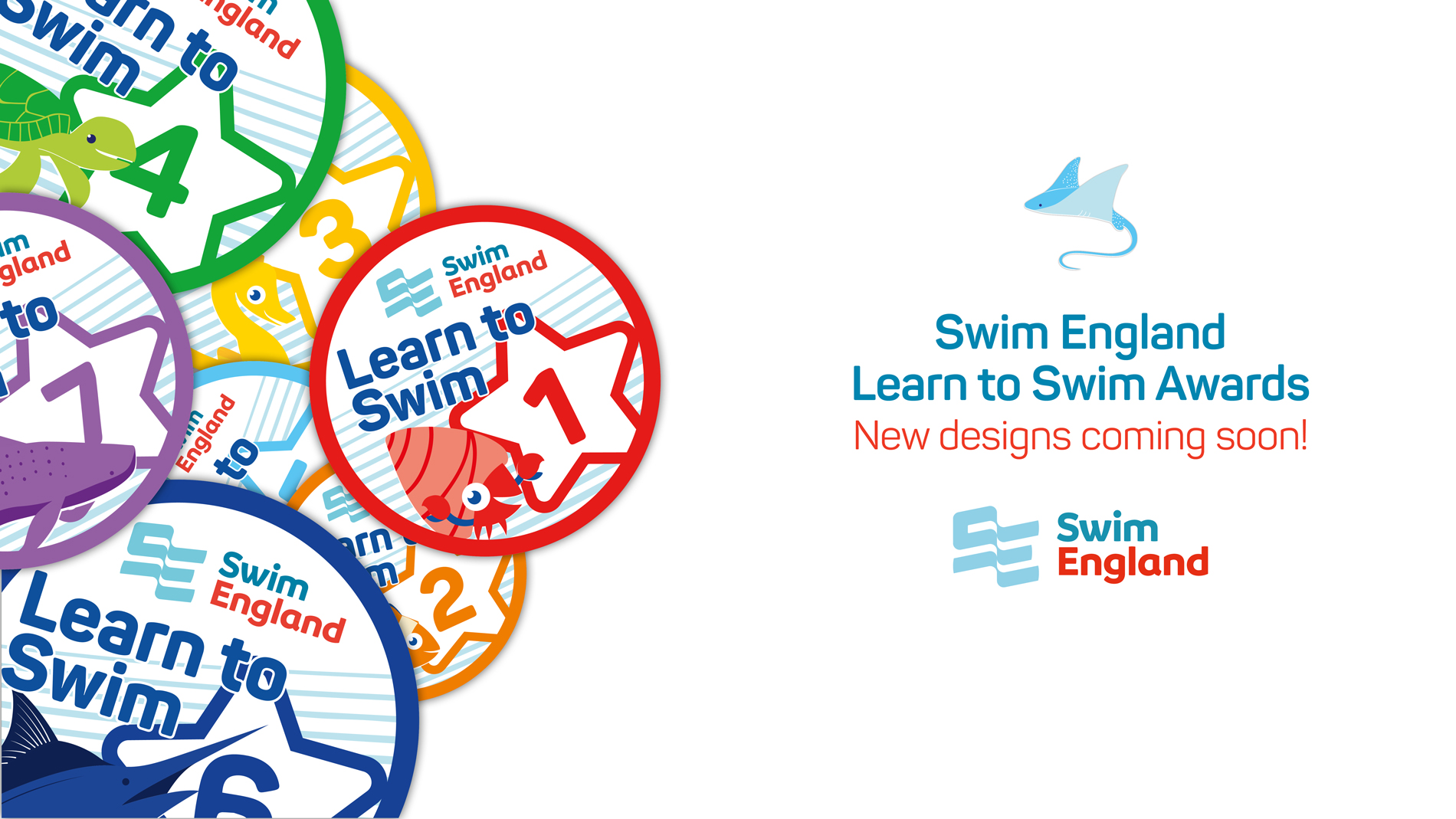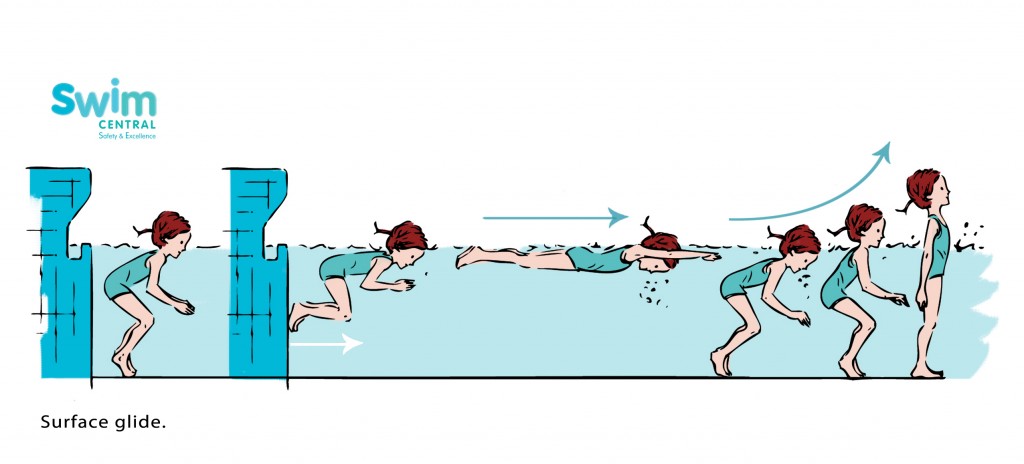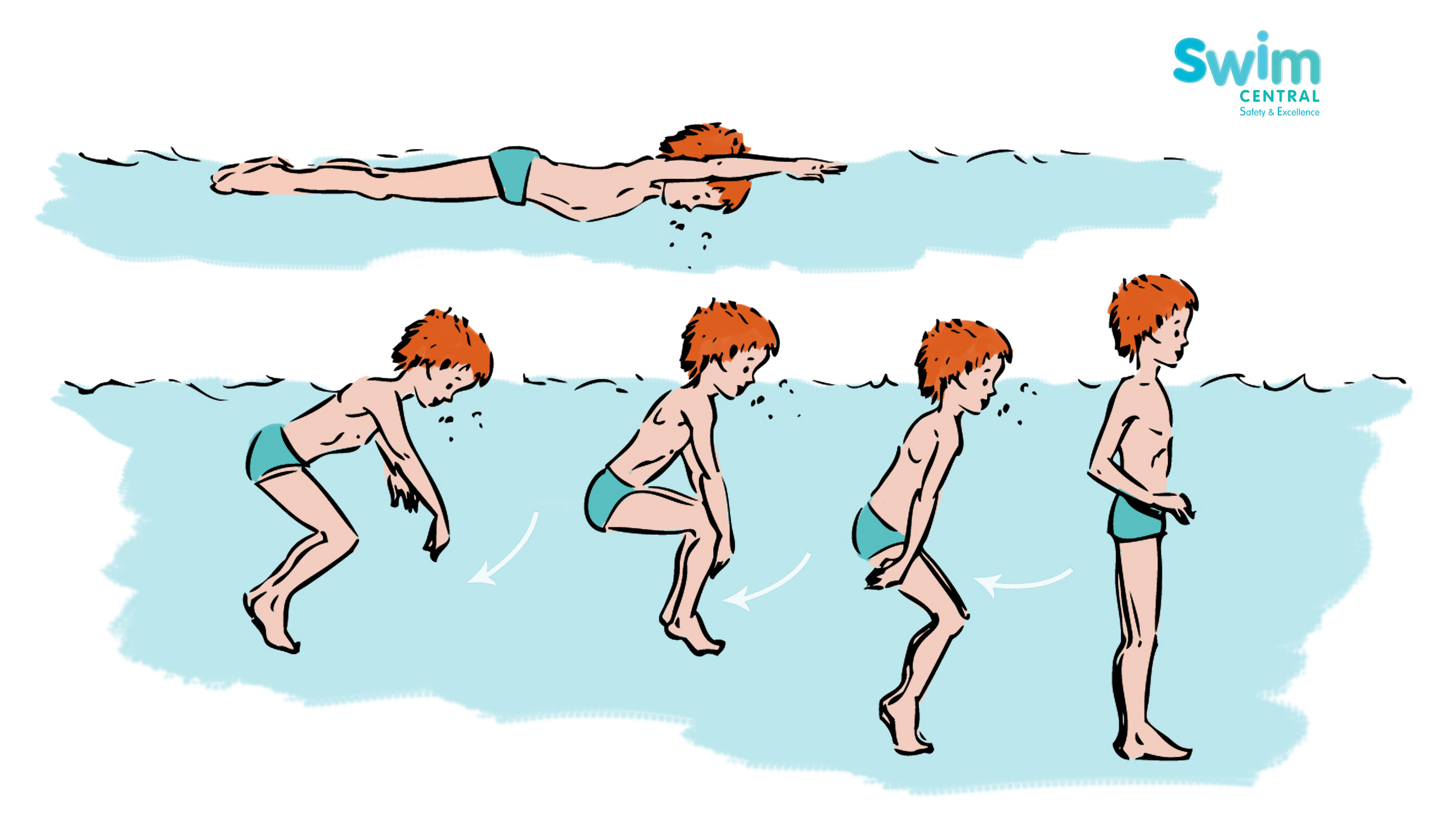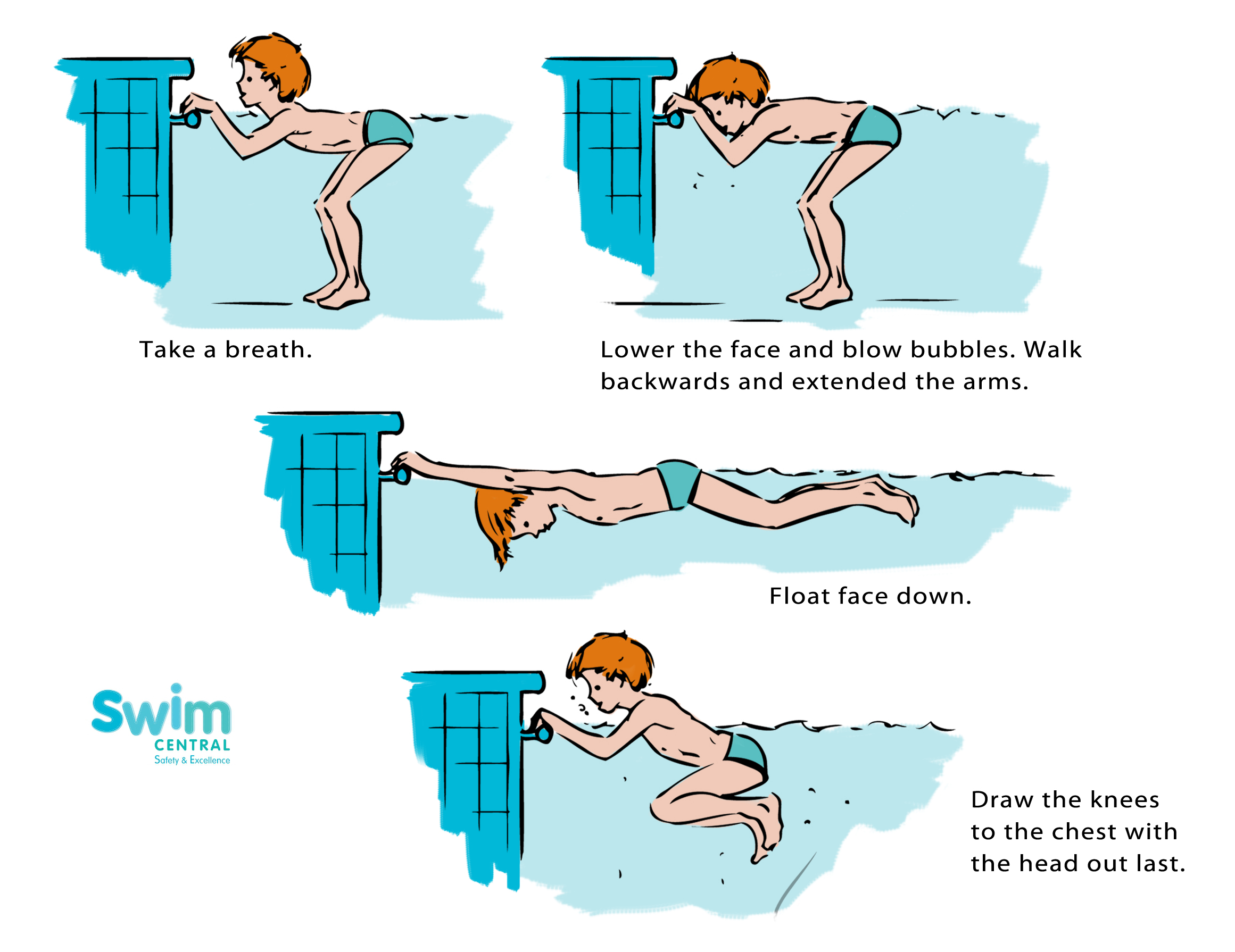
Putting your face in the water is the first step to a perfect swim position.
Try these 3 simple steps to getting comfortable with water… You Can Do This!
Remove the ‘fear factor’
- Dislike getting water up your nose?
- Do you hate it when water fills, or half-fills your ear canal?
- Do you feel claustrophobic when your head is underwater?
Think it through and narrow it down – what exactly is it that’s causing you distress?
There will be a point for you where it switches from ‘I’m Okay‘ to ‘I’m really NOT Okay – get me outta here!’
Find that point for you. When you find it, work away at it. Imagine it’s like a knot in your shoulders. You must work at it, even massage it a little bit before it eases and then eventually disappears.
If we’ve described how you feel then read on because these tips are for you…
Hold on… crouch down… get wet… and FOCUS
Don’t try to swim before you can float. Floating is key and Getting Your Face Wet is the place to start.
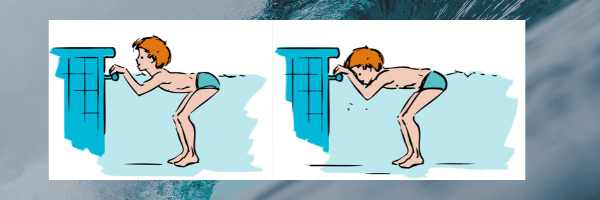
- Hold onto the side and plant your feet
- Take a breath in
- Focus on the area that dislikes the water THE MOST
- Get that bit wet: nose, ears, forehead, eyes, chin, eyebrows
- Submerge your head completely
- Breathe out, S.l.o.w.l.y through your nose.
- Then back up
Focus, Soak and REPEAT
The third step? Repeat.
- Keep your feet planted and hold on.
- Don’t be tempted to do any floating – not until you’ve reduced panic to almost ZERO
- We always say – keep doing it until you’re bored… oh so bored. That tells you that you are no longer anxious. Tells you that the water near your ears (eyes, nose etc.) is no longer uncomfortable for you and we have cracked it!
Congratulations and Welcome to the Water


